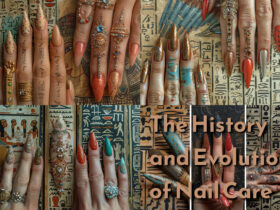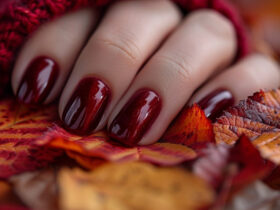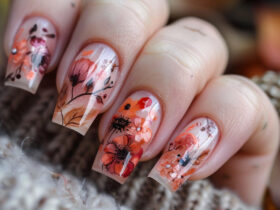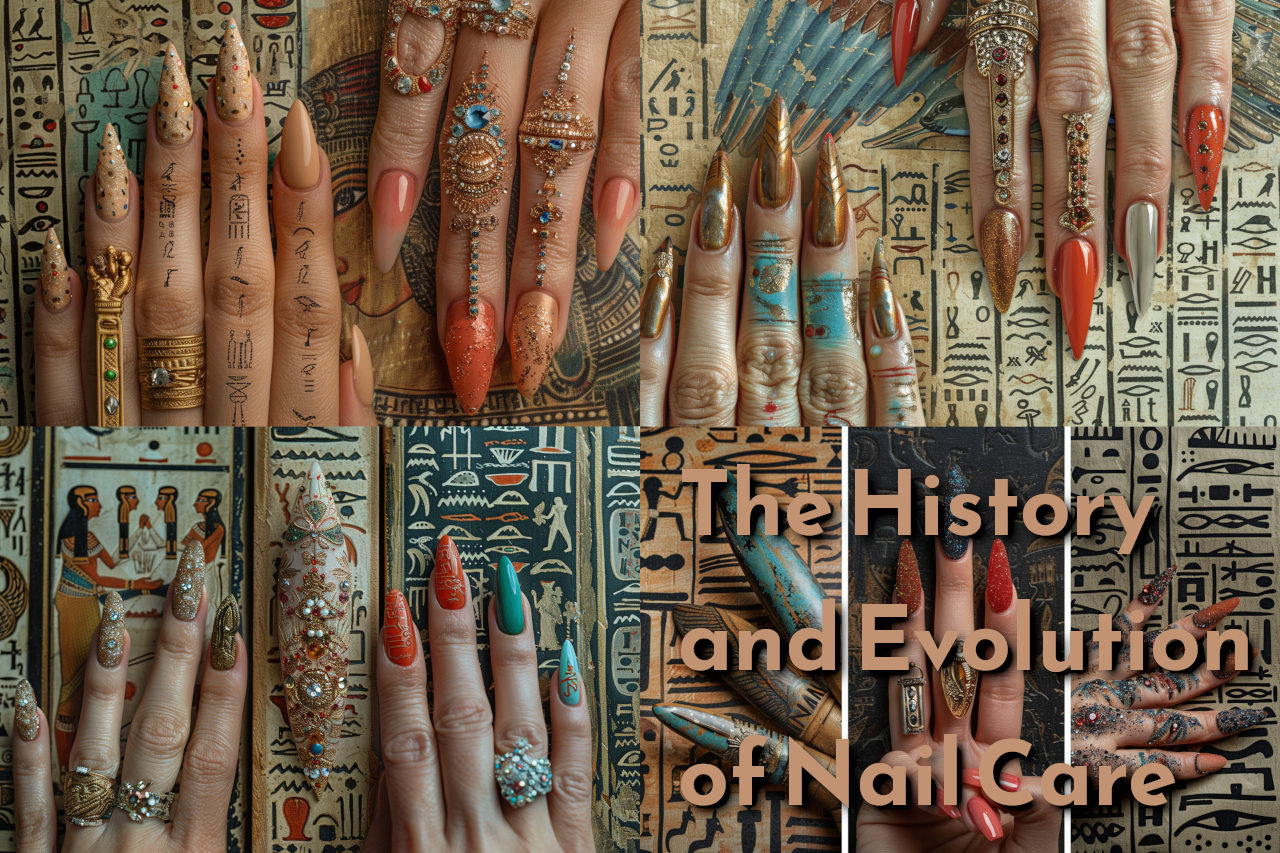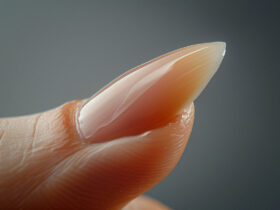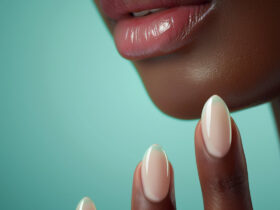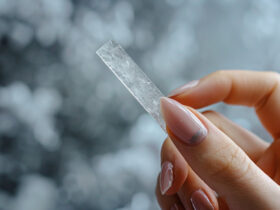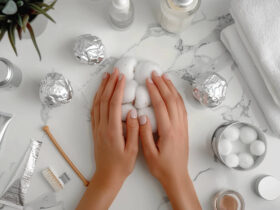Nail care and decoration have been integral to human culture for thousands of years, serving as symbols of status, beauty, and personal expression. From the delicate nail paints of ancient China to the intricate nail art of modern-day salons, the history of nail care reflects broader cultural trends and values across time. This comprehensive historical analysis explores how different civilizations have approached nail health and beauty, examining the evolution of nail care from its earliest forms to the multifaceted industry we know today.
Ancient Nail Care: The Beginnings of a Beauty Tradition
Nail care can be traced back to ancient civilizations where it was used to signify social standing, power, and beauty.
1. Nail Care in Ancient Egypt
Nail decoration in Egypt was both practical and symbolic. Around 5000 BCE, Egyptian women, particularly royalty like Queen Cleopatra and Queen Nefertiti, would dye their nails with henna. Henna, a reddish-orange dye derived from the Lawsonia inermis plant, was applied to both fingernails and toenails. The darker the color, the higher one’s social ranking. Nail decoration was also believed to have protective qualities, warding off evil spirits.
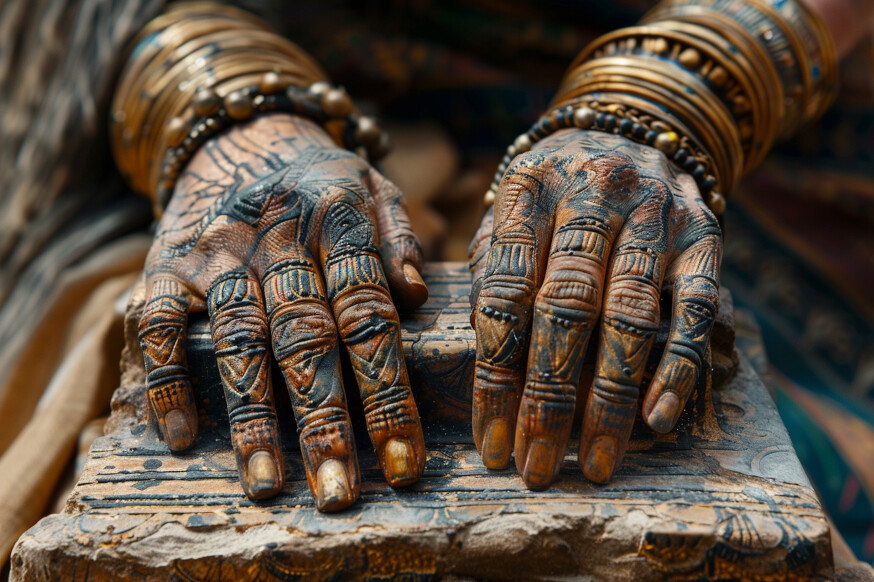
2. The Chinese Dynasty’s Nail Innovations
In China, nail care began as early as 3000 BCE during the Zhou Dynasty. Members of the royal family used nail tinting methods that signified their social hierarchy. Gold and silver were popular choices, later evolving into red and black as indicators of nobility. Nails were sometimes left to grow long as a mark of wealth, as long nails indicated one did not engage in manual labor. By the Ming Dynasty (1368-1644 CE), Chinese women used gum arabic, beeswax, and egg whites to create nail lacquers, a precursor to modern-day nail polish.
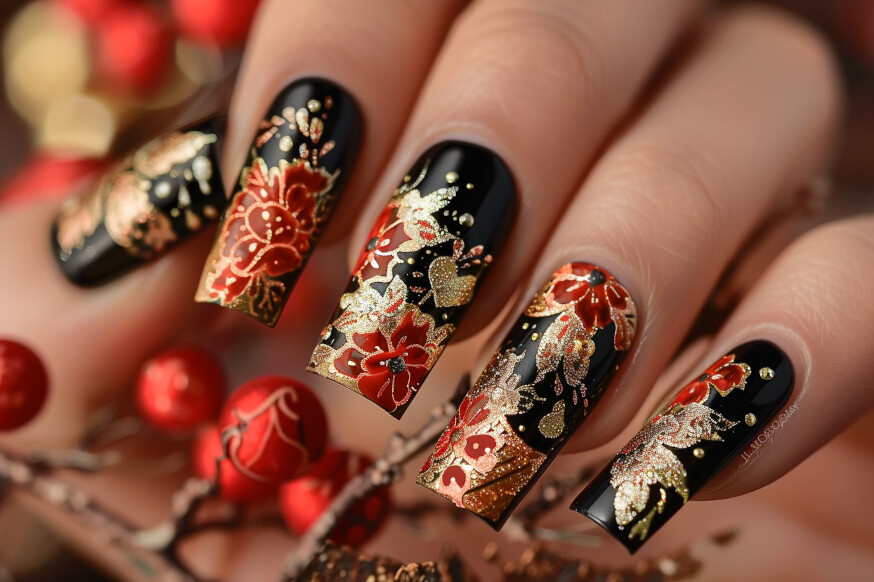
3. Nail Care in Ancient India and Mesopotamia
Henna’s use in nail decoration also spread to ancient India and Mesopotamia. In India, nail care was intertwined with Ayurvedic practices, which stressed the importance of cleanliness and the balance of elements within the body. Nails were treated with oils and dyes to reflect not just beauty, but also overall health and spiritual well-being.
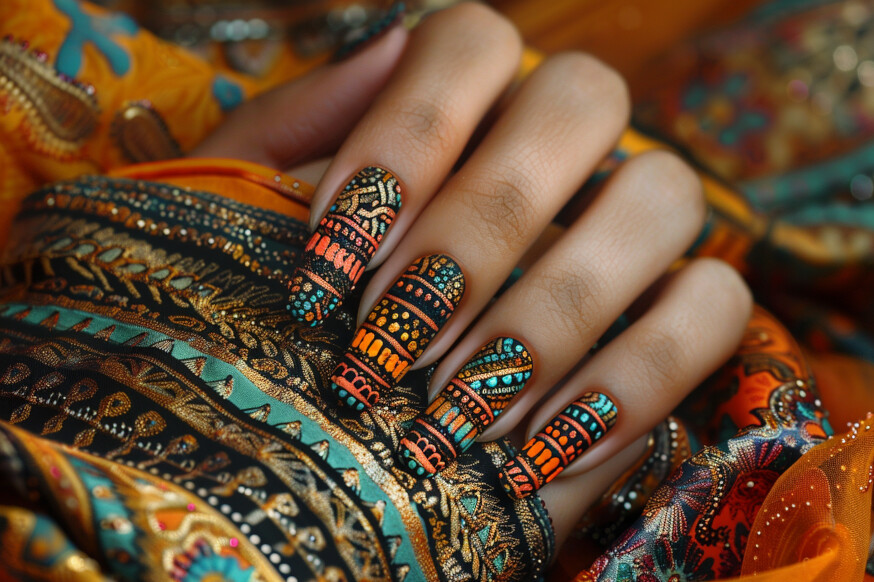
In Mesopotamia, around 3200 BCE, women used various forms of adornment, including the dyeing of nails with natural substances like kohl or plant-based tinctures. Like in other ancient cultures, nail color was often linked to status.
Nail Care in the Middle Ages: Simplicity and Modesty
During the Middle Ages, particularly in Europe, the focus shifted away from elaborate nail decoration. The medieval period was characterized by a more subdued approach to beauty, largely influenced by religious attitudes that prioritized modesty. However, personal grooming remained essential, with individuals keeping their nails clean and trimmed. In this era, basic nail maintenance tools, like scissors and files, were used to maintain hygiene.
In Islamic cultures, however, henna continued to be popular for nail decoration, especially during festive occasions. The reddish-brown tint was considered both a cosmetic and a mark of spiritual cleansing.
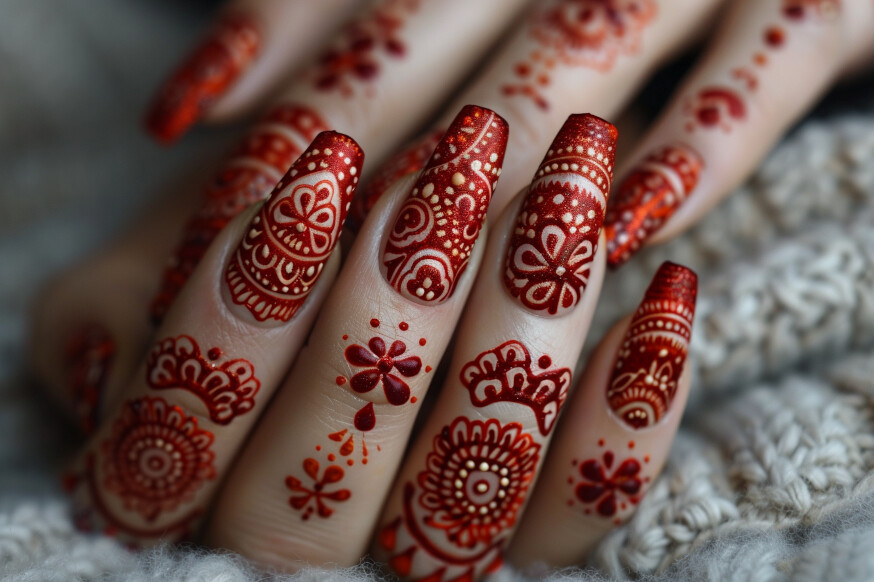
The Renaissance: A Return to Refinement
The Renaissance marked a resurgence in the appreciation of beauty and personal care, and nails were not excluded from this cultural rebirth.
4. The Italian and French Aristocracy’s Influence
In Europe, particularly in Italy and France, the aristocracy embraced manicured nails as a sign of refinement. Nails were shaped and buffed, often using fine leather or cloth to create a natural shine. Though nail color was not as widespread, nails were considered part of the overall presentation of beauty, cleanliness, and sophistication.
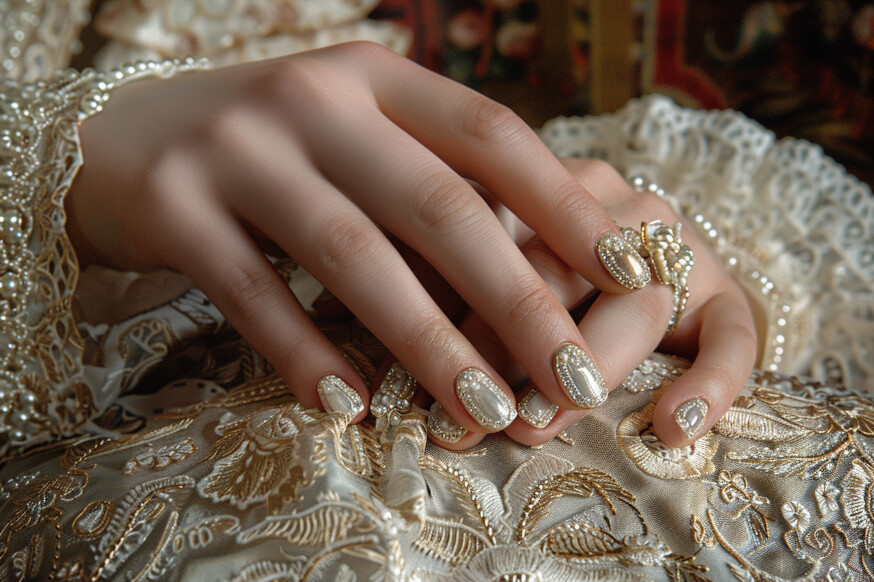
During this period, nail tools became more advanced, with specialized scissors, files, and buffers becoming common in high society. These tools were often made from luxurious materials like ivory or gold.
The 19th Century: The Birth of the Modern Manicure
The modern concept of the manicure began to take shape in the 19th century, with the development of new tools and techniques specifically designed for nail care.
5. Dr. Sitts’ Manicure Invention
In 1830, a key development in nail care came from Dr. Sitts, a European podiatrist who created the first modern nail file. The file was used to gently shape nails, giving them a smooth finish. Soon after, nail buffers made from chamois leather became popular among both men and women to add a natural shine to nails.
During the Victorian era, women favored short, clean, and lightly tinted nails. They would often use oils to protect and moisturize their nails, and a mixture of red-tinted powders or pastes to give them a polished look.
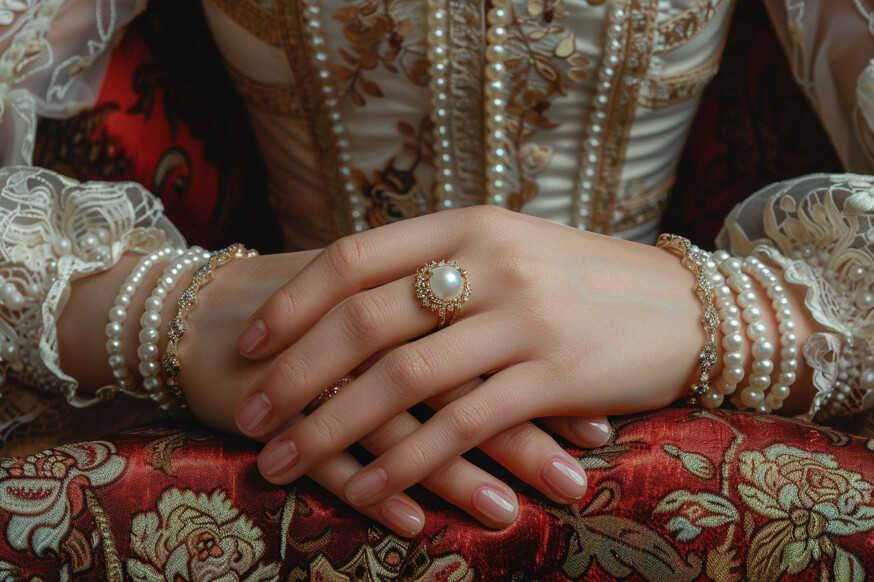
The 20th Century: A Revolution in Nail Care and Color
The 20th century saw dramatic changes in nail care, with the invention of nail polish and the emergence of nail salons as mainstream beauty establishments.
6. The Birth of Nail Polish
In 1916, the Cutex company introduced the first liquid nail polish, inspired by the lacquer used on automobiles. This invention changed the landscape of nail care forever. Soon after, bright red nail polish became a fashion staple in the 1920s and 1930s, particularly in Hollywood, where actresses like Jean Harlow and Rita Hayworth popularized the look.
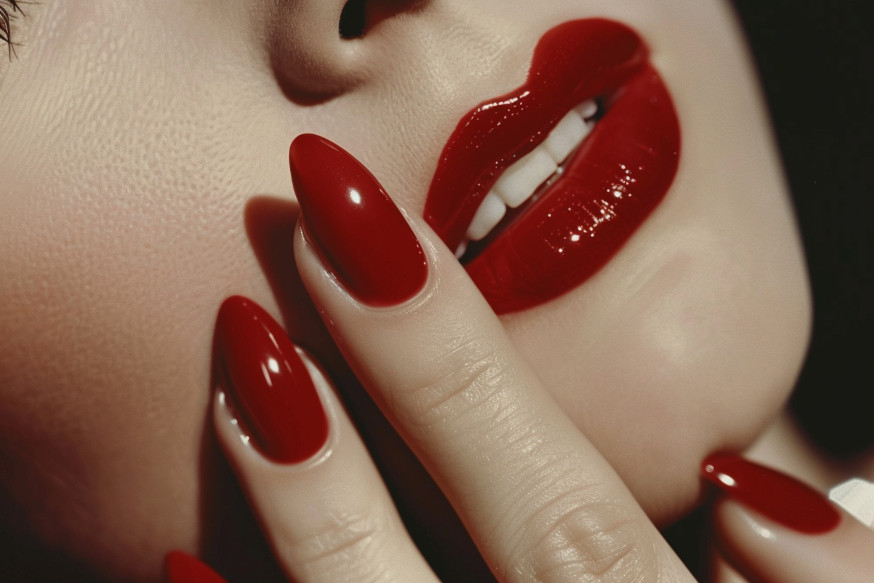
7. Nail Salons and the Professionalization of Nail Care
By the 1940s and 1950s, the concept of the nail salon began to take off, particularly in the United States. With the rise of consumer culture, manicures and pedicures became accessible to a broader range of women, and the profession of the manicurist emerged.
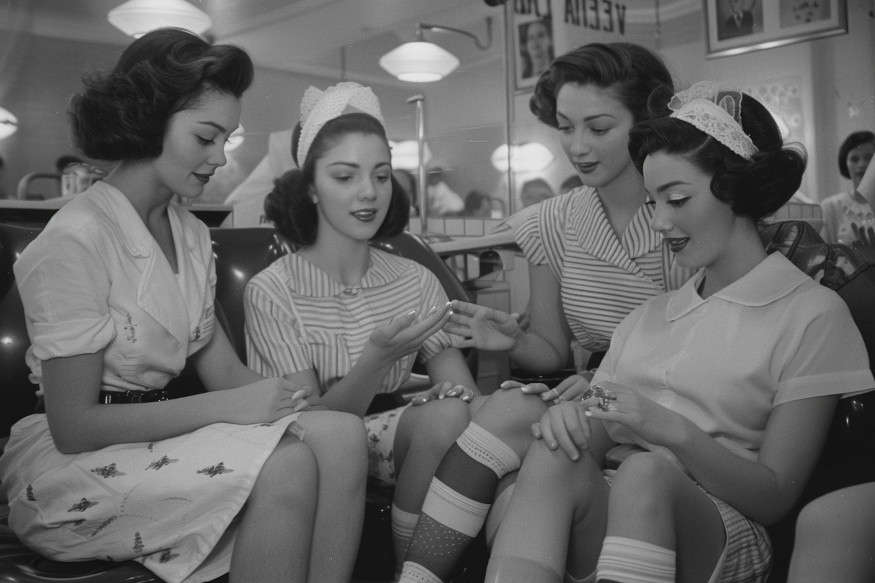
The Late 20th Century to Present: Innovation and Nail Art Explosion
The latter part of the 20th century and the beginning of the 21st saw even more innovation in nail care, with the rise of artificial nails, gel polishes, and intricate nail art.
8. Artificial Nails and Acrylics
In the 1970s, acrylic nails were introduced, giving women the ability to extend their nails and create bold, customized designs. This innovation led to the rise of nail technicians as skilled artisans capable of creating sculpted nails, French manicures, and eventually, intricate nail art.
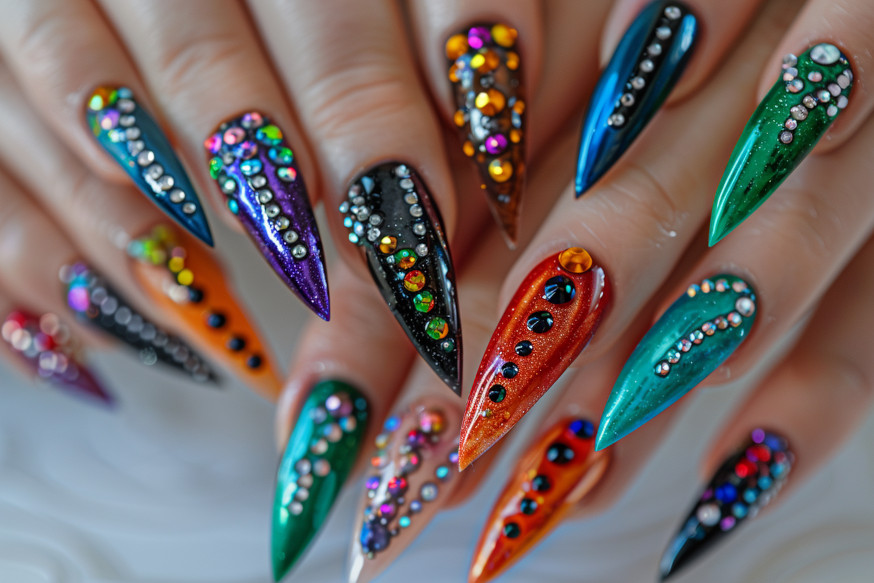
9. Gel Nails and the Nail Art Boom
The 2000s saw the development of gel nails, offering longer-lasting, chip-resistant manicures. The nail art trend exploded during this time, with intricate designs, rhinestones, and even 3D elements becoming popular. Celebrities like Rihanna and Lady Gaga helped fuel the trend, leading to a new era of creativity in nail care.
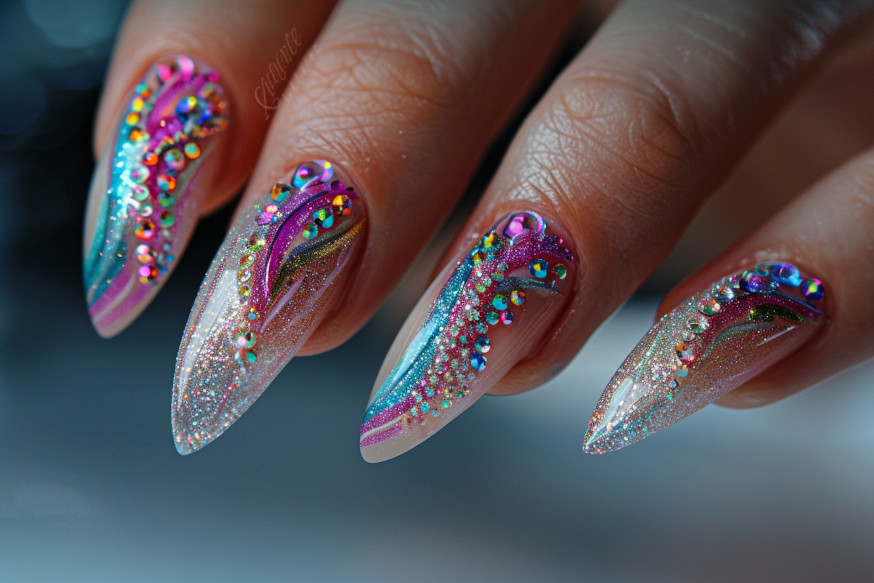
The Ever-Evolving World of Nail Care
From ancient Egypt to the present day, nail care has been an evolving art form that reflects cultural values, technological innovations, and personal expression. Today’s nail industry is a multi-billion-dollar enterprise, offering a wide range of products and services from simple manicures to extravagant nail art.
As we look to the future, it’s clear that the story of nail care is far from over. Whether it’s through continued technological innovations or new trends in nail art, the tradition of caring for and adorning nails will continue to evolve, just as it has for millennia.


